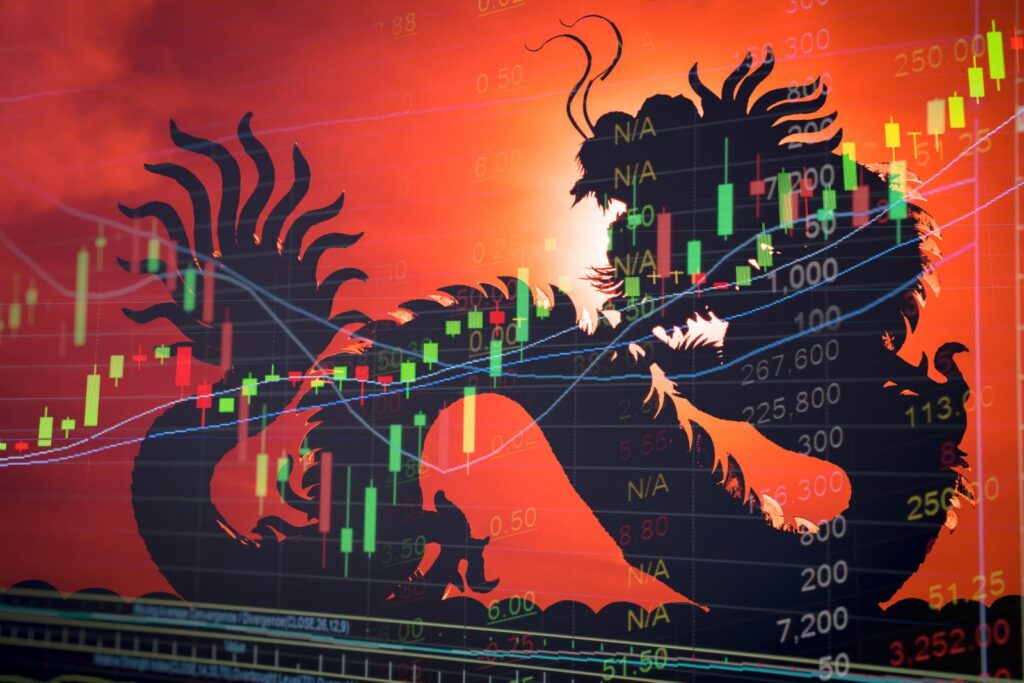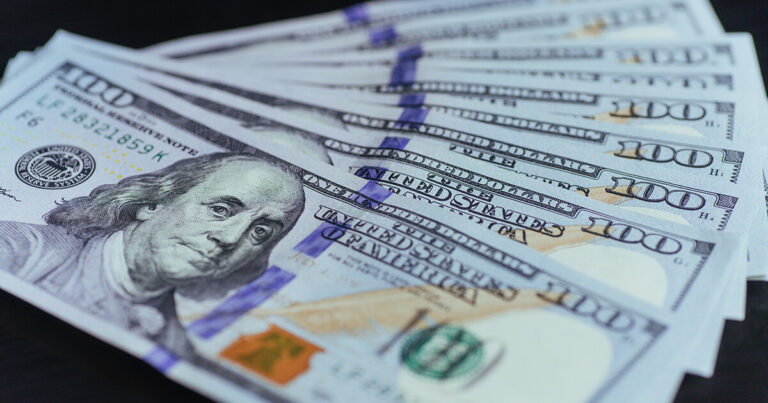
Hello, welcome to this week’s current forex market news. Russia continues to shell Ukraine, a looming global war, and the world economy hangs in limbo! Ukraine crisis and inflation fears dominated headlines. As a result, traders ran to haven currencies and global commodities like gold and oil.
The fears led to a plunge in major European currencies in the currency markets. Euro went on a free fall, followed by sterling pound. But the concern uplifted havens while Aussie and kiwi dollars soared on skyrocketing commodity prices. USD settled at the top.
Fundamentals

Geopolitics, economic data, oil prices along other commodities rocked financial markets.
Russia’s Onslaught on Ukraine
The Russian assault on Ukraine continues. Current forex market news that Russia struck a Nuclear plant jolted investors. Amidst the panic, no nuclear was hit, but minor damage on a nearby building emerged. But the scare was enough to create a scramble for safe-haven currencies.
The Retaliation
Western alliance increased pressure against Russia to force it to end the war. Japan, EU, US, and UK imposed crippling economic sanctions against Russia for the incursion of Ukraine. First, they blocked Russian banks from SWIFT (a global payment system). And for the first time, it restricted Russia’s central bank from accessing foreign reserves.
Switzerland, a traditionally neutral country, threw its weight behind the west. It adopted and imposed EU sanctions on Russia, freezing Russian assets and closing its air spaces to Russian planes. Russian leaders received the wrath too! And now they cannot visit the country.
And the effect… Russia’s military action drove dollar demand higher, weakened Russia’s economy, and raised the global inflation rate.
Economic Updates

Besides the Ukraine crisis, economic factors also dominated current forex market news.
First, global commodities surged to new highs. This came as traders, bankers, and transporters avoided Russian products, igniting fears of supply chain disruptions and shortages. Aluminum and wheat rose to new highs since 2008.
In Europe, oil, natural gas, and coal skyrocketed, worsening the energy crisis in the region. So risk assets outperformed the majors and remained resilient against the dollar. Second, monetary policies ignited some actions in the week. As expected, most g7 nations voted to increase rates, snd Australia’s remained unchanged.
In current forex market news, g7 nations posted impressive economic data. For instance, Australia rode on positive financial reports to close in the green territories.
Oil Forex News
WTI rallied strongly to close at its highest since 2011. It gained eight percent to close at 116.50 dollars per barrel. Oil forex news show OPEC reduced oil production. And European nations shunned Russian oil, causing a scramble for the stocks.
And now let’s look at…
Economic Review and performance of G7 currencies
Table: g7 currencies performance summary
| Currency pair | 26th Feb 2022 | 4th Mar 2022 | Average price | Percentage change | Remarks |
| USD | 96.694 | 98.671 | 97.595 | 2.124 | increase |
| GBPUSD | 1.3419 | 1.3225 | 1.3343 | 1.3428 | drop |
| EURUSD | 1.1219 | 1.0926 | 1.1091 | 3.0265 | drop |
| USDCHF | 0.9166 | 0.9165 | 0.9178 | 0.9189 | drop |
| USDJPY | 114.99 | 114.78 | 115.12 | 0.67 | drop |
| USDCAD | 1.2675 | 1.2730 | 1.2691 | 0.1968 | increase |
| AUDUSD | 0.7262 | 0.7370 | 0.7301 | 1.9082 | increase |
| NZDUSD | 0.6759 | 0.6860 | 0.6792 | 1.8711 | increase |
While oil and economic data drove the forex market, the Ukraine crisis remained significant. The crisis bolstered safe-haven demand and commodity prices surge but weighed heavily on European major currencies.
USD Forex News
US dollar surged 2.10 percent to close the week at 98.648, thanks to risk versions the war escalates. Previously, the dollar rose by 0.55 percent. Early in the week, private sectors and nonfarm payrolls influenced usd forex news.
While service sector dropped to 56.5 from 59.9, manufacturing rose to 58.6 from 57.6. Surprisingly, labor market recorded 678 thousand new jobs, well above 400 thousand projection.
The record labor numbers lowered unemployment rate to 3.8 percent —- the lowest level since the pandemic began. Midweek, Fed monetary policy came into play. Fed Chair Powell’s cautious statement on rate hikes fueled demand for riskier assets.
While acknowledging Ukraine’s uncertainty, Powell favors a 25-basis point rate hike this March. Then, if necessary, further and larger hikes. But Atlanta Fed Chief Bostic showed the possibility of a 50 basis points hike if inflation persists.
Labour force also posted positive numbers. The labour force participation rate edged to 62.3 percent, following 304 thousand people entering the labor force last month.
British Pound News Forex
The Sterling pound recorded more losses. Previously it lost 1.14 percent, and this week it fell 1.33 percent. Apart from risk aversions, economic data influenced the British pound news forex.
Though positive, private sector performance had a muted effect on the pound, mainly because of the Ukraine worries. Service sector index shot to 60.5 from 54.1 and manufacturing uptick to 58.0 from 57.3, three months high. As a result, the composite index went higher to 59.9 from 54.2.
Also, Construction index improved to 59.1 from 56.3. And Bank of England sentiments dominated current forex market news on Tuesday. Some BoE members favor a 50 basis points hike to stem the escalating inflation. But the majority prefers a 23 basis point increase.
Dollar Forecast Vs Euro
In a similar pattern to the sterling pound, euro also continues to plunge. For the week, it fell 0.72 percent after a 0.25 percent decline. The Russian invasion into Ukraine uplifted dollar forecast vs euro.
However, according to investing.com, the attack and subsequent oil and gas supply cut-off from Russia weighed on the euro. On the economic front, private sector and Germany’s GDP supported the euro.
As a result, Eurozone’s composite index jumped to 55.5 from 52.3. Germany, Italy, Spain, and France recorded an improved performance index. In Germany, unemployment rate declined to five percent from 5.1 percent. And its trade surplus widened to 9.4 billion euros from 8.1 billion euros.
Unemployment data, retail sales, and inflation figures failed to move a dial in the eurozone.
CHF vs USD
KOF Swiss economic barometer fell to 105.04 from 107.21. Despite consumer price index surging 2.2 percent. Retail sales in Switzerland rose by 4.8 percent. Service sector received a jab with the easing of COVID-19 restrictions in February.
Unexpectedly, Switzerland broke away from its historically neutral geopolitical position. The country adopted and imposed EU sanctions on Russia. The sanctions include freezing Russian oligarch assets, closing airspace to Russian aircraft, and banning Russian leaders.
USD to CAD Rate
The Canadian dollar closed the week lower despite a surge in commodities prices. This week, it fell 0.14 percent to 1.2731, after rising 0.19 percent in the week before. Canada posted net positive economic data.
Fourth-quarter GDP expanded by 1.6 percent, better than a previous 1.3 percent, with manufacturing index rising to 60.6 from 50,7. While the economic data influenced usd to cad rate, Canada’s monetary policy decision weighed on it.
As expected, the Bank of Canada hiked interest rate to half a percent from a quarter percent on Wednesday. Global commodities rose but could not push Canadian dollar to the green territory.
And in…
Current Forex Market News in the Asia-Pacific

Amidst the Russia/Ukraine war, it was a bullish week for the G7 currencies in the Asia-Pacific region. The three currencies occupied the top slots, thanks to rising global commodities.
Currency Exchange Aud to USD
The Aussie topped the week! It gained nearly two percent against the dollar following a previous 1.25 percent increase. Australia released a series of positive economic data which supported its currency despite the ongoing Russia/Ukraine war.
Earlier in the week, Retail sales rose by 1.8 percent, following a previous 4.4 percent drop. GDP also impressed, expanding by 3.4 percent in the fourth quarter. On Friday, trade data further uplifted currency exchange rate aud to usd.
Australia’s trade surplus widened from 8.824 billion dollars to 12.891 billion dollars in January. Reserve Bank of Australia’s monetary policy had little impact on the Aussie. The bank left interest rates unchanged, in line with market expectations.
NZD to USD Rate
Kiwi dollar came in second this week after the Australian dollar. Kiwi Dollar closed the week 1.74 percent higher against the greenback to 0.6860. New Zealand posted poor economic data but still could not sink nzd to usd rate.
Building consents plummeted by 9.2 percent, and business confidence slid to -51.8 from -23.2. Current forex market news shows concerns over Omicron surging and skyrocketing inflation tainted business confidence.
Yen Forex News
This week, Japanese Yen reversed previous losses and rallied by 0.63%. Previously, it had shed 0.11 percent against the dollar. Industrial production and retail sales numbers dominated yen forex news early in the week.
The numbers were mixed, with retail sales increasing by 1.6 percent and industrial production dropping 1.2 percent. Later in the week, capital spending and services numbers came into focus.
Capital spending increased by 4.3 percent in the fourth quarter after rising by 1.2 percent in the third quarter. Industrial production, however, slid further by 1.3 percent following a one percent drop.
The Week Ahead
We expect Russia-Ukraine incursions to dominate current forex market news in the coming week. Or are we going to see a ceasefire?
Don’t Miss our next analysis!




